The Secret Perfume of Birds: Uncovering the Science of Avian Scent–A Book Review
10,000 Birds
AUGUST 2, 2022
The Secret Perfume of Birds: Uncovering the Science of Avian Scent focuses on this last question, but you might find yourself fascinated by the first two, which come early in the book but linger on in the imagination as author Danielle J. Do birds use odors and a sense of smell to communicate with each other? But Danielle Whittaker has.








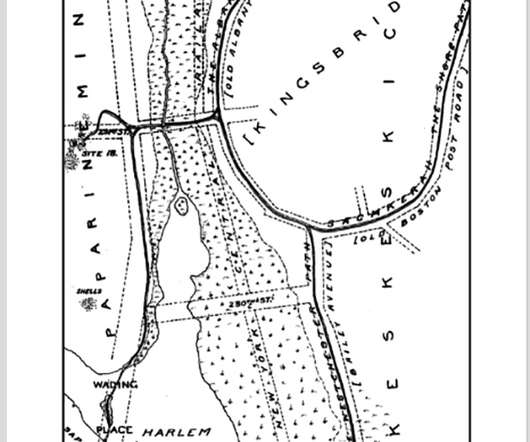

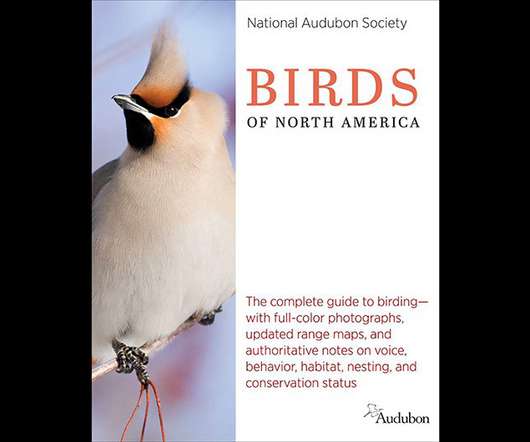




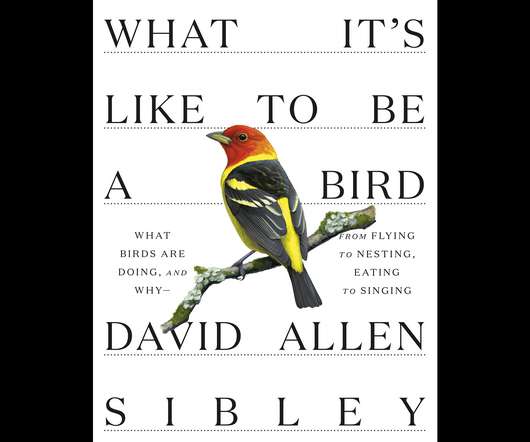
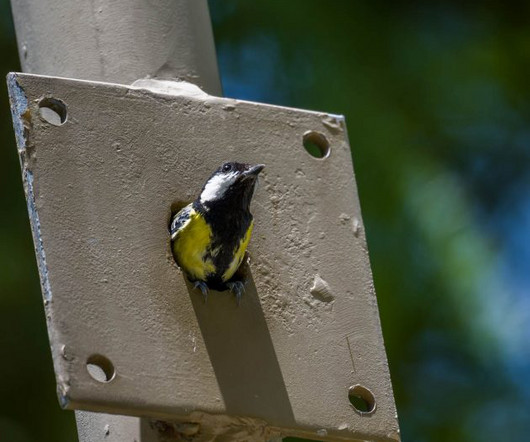
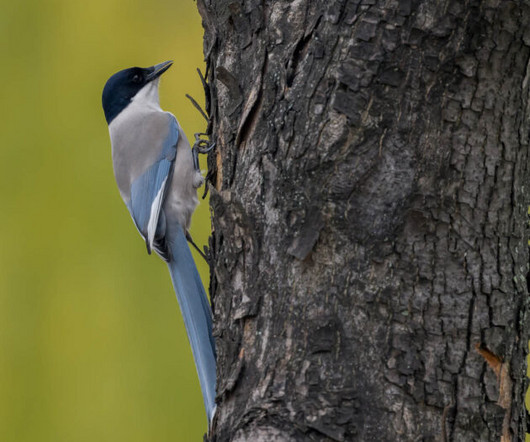










Let's personalize your content